Kashmir Musk Deer Facts
- Firstly, the Kashmir Musk Deer remains a rather highly reclusive species of deer. Believed to be extinct until 2008, this unique animal had not been seen for more than sixty years prior to that.
- Due to this, and other factors, the IUCN lists the Kashmir Musk Deer as Critically Endangered.
- Due to its reclusive nature and the ruggedness of its native terrain, it currently remains impossible to estimate its actual numbers, however.
- The major threats to its existence seem to be habitat loss and local hunting.
- In a pitiful commentary on the nature of some human beings, poachers also hunt the amazing creature solely for its scent glands.
Related Articles
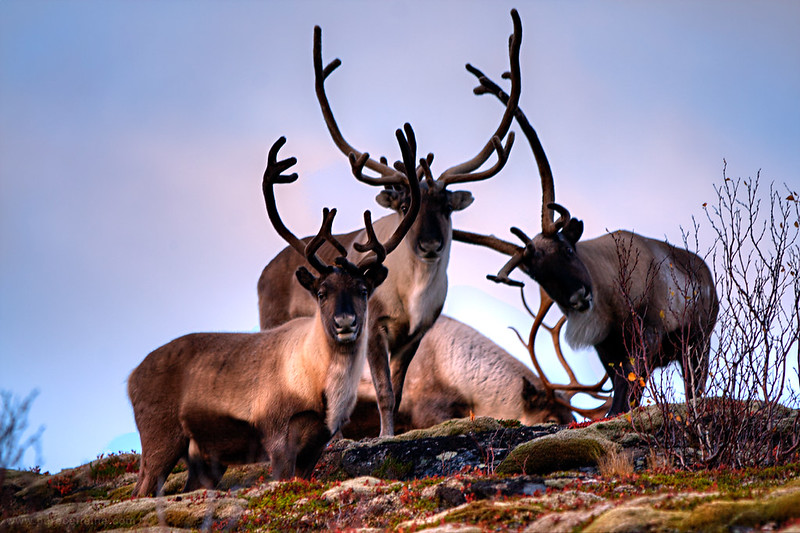
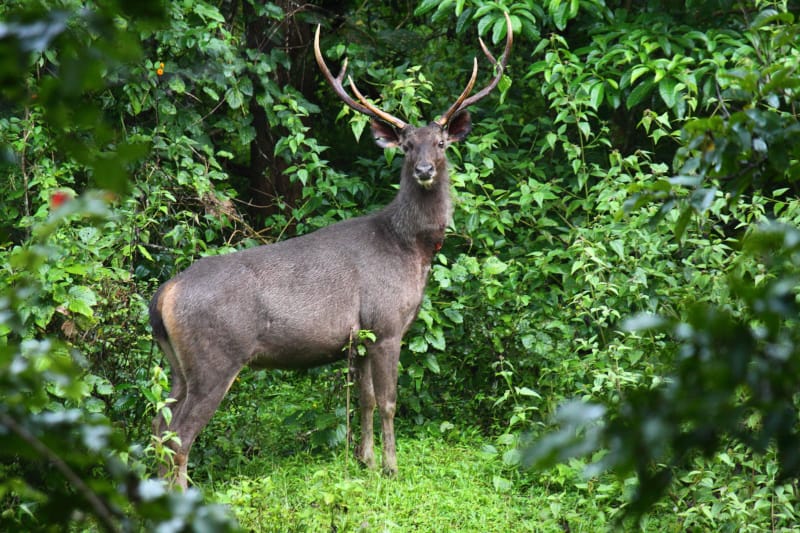
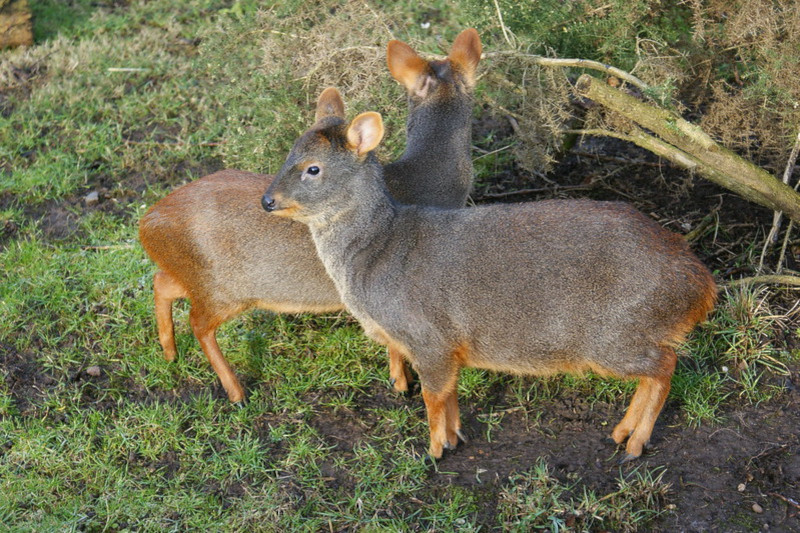

Kashmir Musk Deer Physical Description
The most distinctive physical characteristic of the relatively diminutive Kashmir Musk Deer remains its development of two small tusks. These it uses during the mating season to compete for females.
Most notably, the species displays sexual dimorphism in this regard. Only the males develop unique tusks.
The animal also averages about 24 in (60 cm) in height at the shoulder.
The coloring primarily seems to be a random mottling of brown, gray, and black.
Its precise lifespan remains undetermined but is believed to be approximately seven years.
- Kingdom: Animalia
- Phylum: Chordata
- Class: Mammalia
- Order: Artiodactyla
- Family: Moschidae
- Genus: Moschus
- Species: M. cupreus
Kashmir Musk Deer Distribution, Habitat, and Ecology
The remarkable Kashmir Musk Deer was originally endemic to portions of Pakistan, India, and Afghanistan, in Asia. Since 2008, observers have spotted a total of only three different individuals in the wild.
Also, all three individuals appeared on the extremely steep and rugged northeastern slopes of Afghanistan. This further complicates efforts to study them.
The species also has a herbivorous diet in nature and seems to be principally crepuscular. It appears to feed primarily on a combination of grass, leaves, shrubs, and lichen.
However, its precise lifespan also remains undetermined, but experts believe it to be approximately seven years.
Species Sharing Its Range
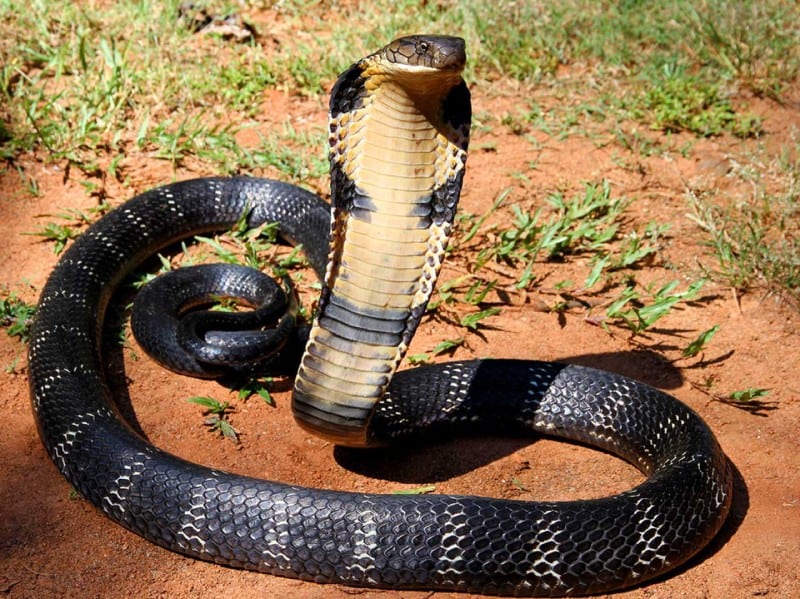

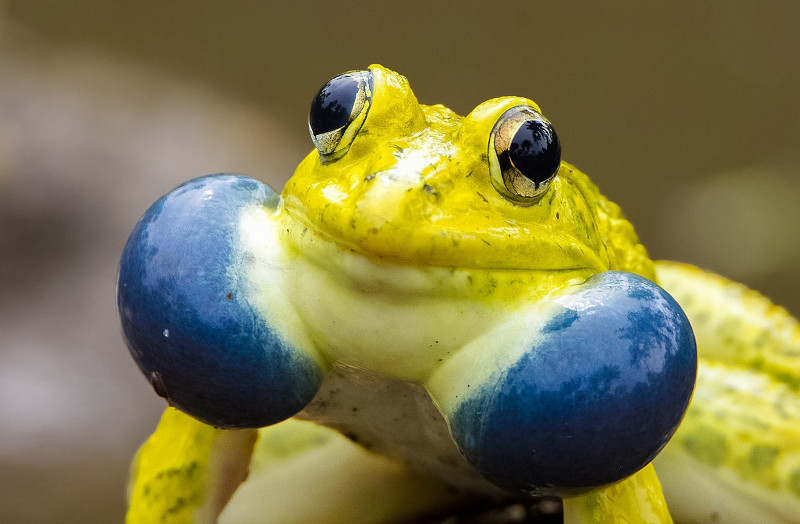
Check out our other articles on 7 Magnificent Wild Canines, North American Gulches and Canyons, 7 Breathtaking Beaches of the World, Earth’s Many Stunning Waterfalls, The Mighty Tornado

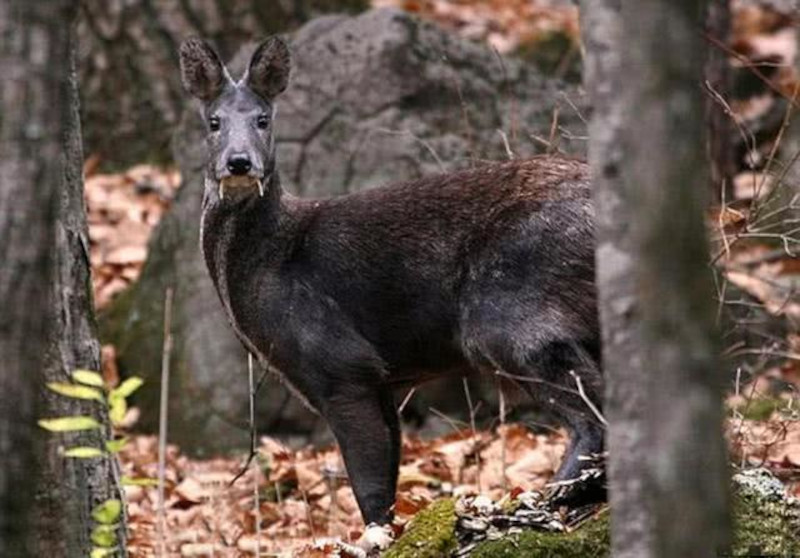









Great post. It’s very informative and helpful